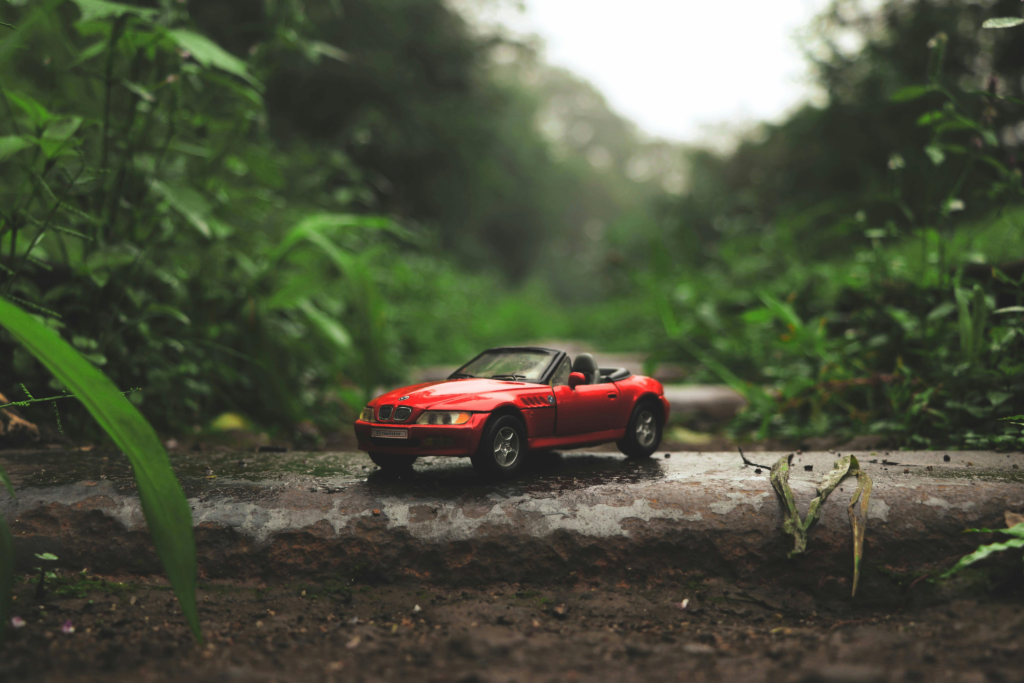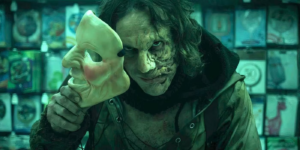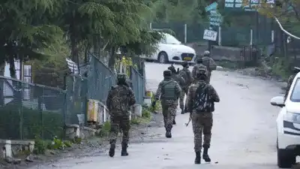The World of Miniature Photography: Crafting Lilliputian Landscapes
The world of miniature photography, a captivating blend of artistry and technical skill, invites us to explore meticulously crafted worlds in miniature. It’s a realm where everyday objects become towering landscapes, and tiny figures embark on epic adventures. This unique form of photography allows us to see the familiar from a fresh perspective, transforming the mundane into the magical. Creating stunning photographs of miniature scenes requires a combination of creativity, patience, and an understanding of specific techniques.

Building Miniature Worlds
One of the most crucial elements in miniature photography is the creation of a compelling scene. This involves careful selection of miniature figures, props, and backdrops. Whether it’s a meticulously detailed model railway layout or a whimsical scene built with toys and household items, the key is to create a believable and engaging environment. Attention to detail is paramount. The placement of each element, the lighting, and the overall composition contribute to the narrative and atmosphere of the photograph. Consider the story you want to tell and how the elements within the scene can help convey that narrative.
Illuminating the Scene
Lighting plays a critical role in bringing miniature scenes to life. Natural light can be used effectively, especially for outdoor scenes, but artificial lighting offers greater control. Diffused light, achieved by bouncing or filtering the light source, is often preferred as it minimizes harsh shadows and creates a more even illumination. Experimenting with different lighting angles and intensities can dramatically alter the mood and feel of the photograph. A low-angle light source can create a sense of drama, while a soft, overhead light can evoke a more peaceful atmosphere.
Manipulating Depth of Field
Depth of field is another essential technique in miniature photography. A shallow depth of field, achieved by using a wide aperture (low f-number), can blur the background and foreground, drawing attention to the main subject. This technique can create a sense of scale and make the miniature scene appear more realistic. Conversely, a deep depth of field (high f-number) can keep everything in focus, which can be useful for capturing intricate details within the scene. Understanding how aperture affects depth of field is crucial for achieving the desired effect.
Composing for Impact
Composition is the art of arranging elements within the frame to create a visually appealing image. The rule of thirds, leading lines, and symmetry are just a few compositional techniques that can be applied to miniature photography. Experimenting with different angles and perspectives can also lead to more dynamic and engaging photographs. Consider the eye level of the miniature figures and try to capture the scene from their point of view. This can help immerse the viewer in the miniature world and make the scene feel more relatable.
Choosing the Right Lens
The choice of lens can significantly impact the final photograph. Macro lenses are ideal for miniature photography as they allow for close-up focusing and capture fine details. However, other lenses, such as telephoto lenses or even wide-angle lenses, can be used creatively to achieve different effects. Experimenting with different lenses can open up new possibilities and perspectives in miniature photography.
The Finishing Touches: Post-Processing
Finally, post-processing can enhance the overall look and feel of the photograph. Adjusting the brightness, contrast, and color balance can help bring out the details and create a more polished image. Selective sharpening can emphasize specific elements within the scene, while cropping can improve the composition. However, it’s important to avoid over-processing, which can make the image look artificial.
A World in Miniature
The world of miniature photography is a fascinating and rewarding pursuit. It allows us to tap into our creativity and imagination, crafting tiny worlds that tell big stories. By mastering the techniques of scene creation, lighting, depth of field, composition, and post-processing, photographers can create stunning images that capture the magic and wonder of miniature scenes. It’s a world where the small becomes significant, and the ordinary transforms into the extraordinary.










